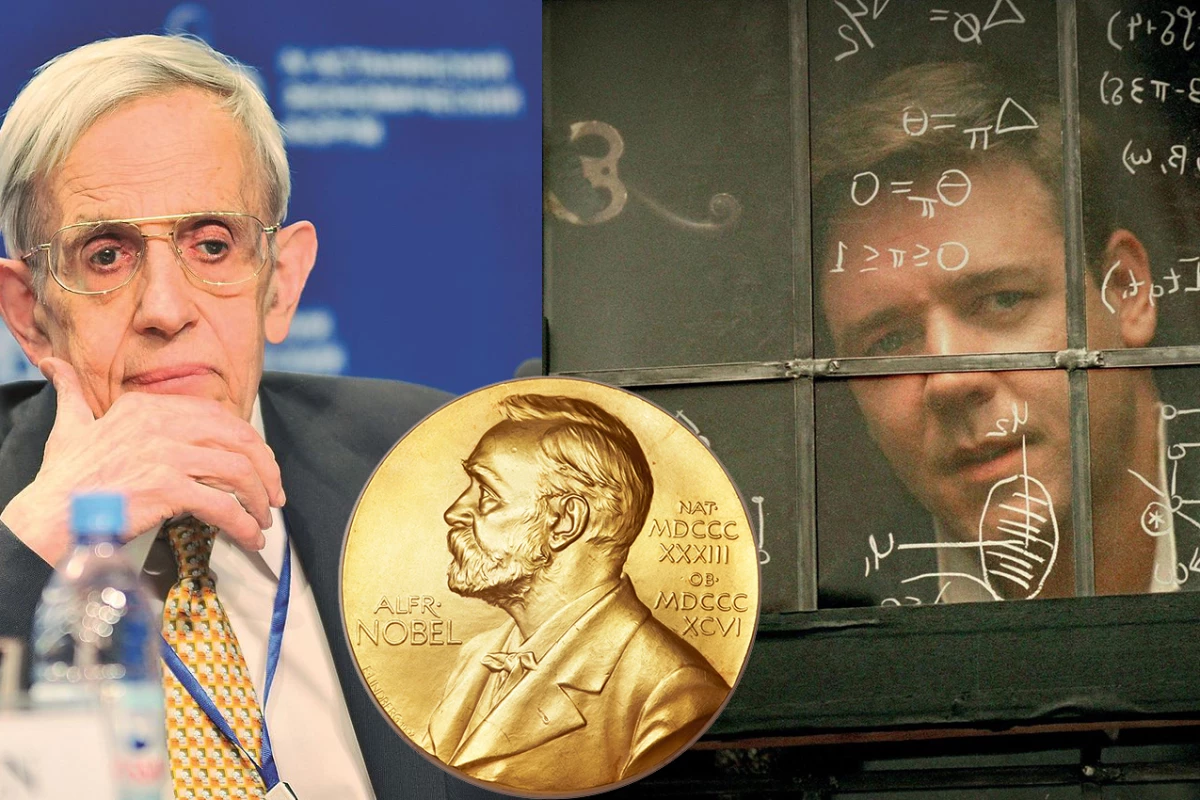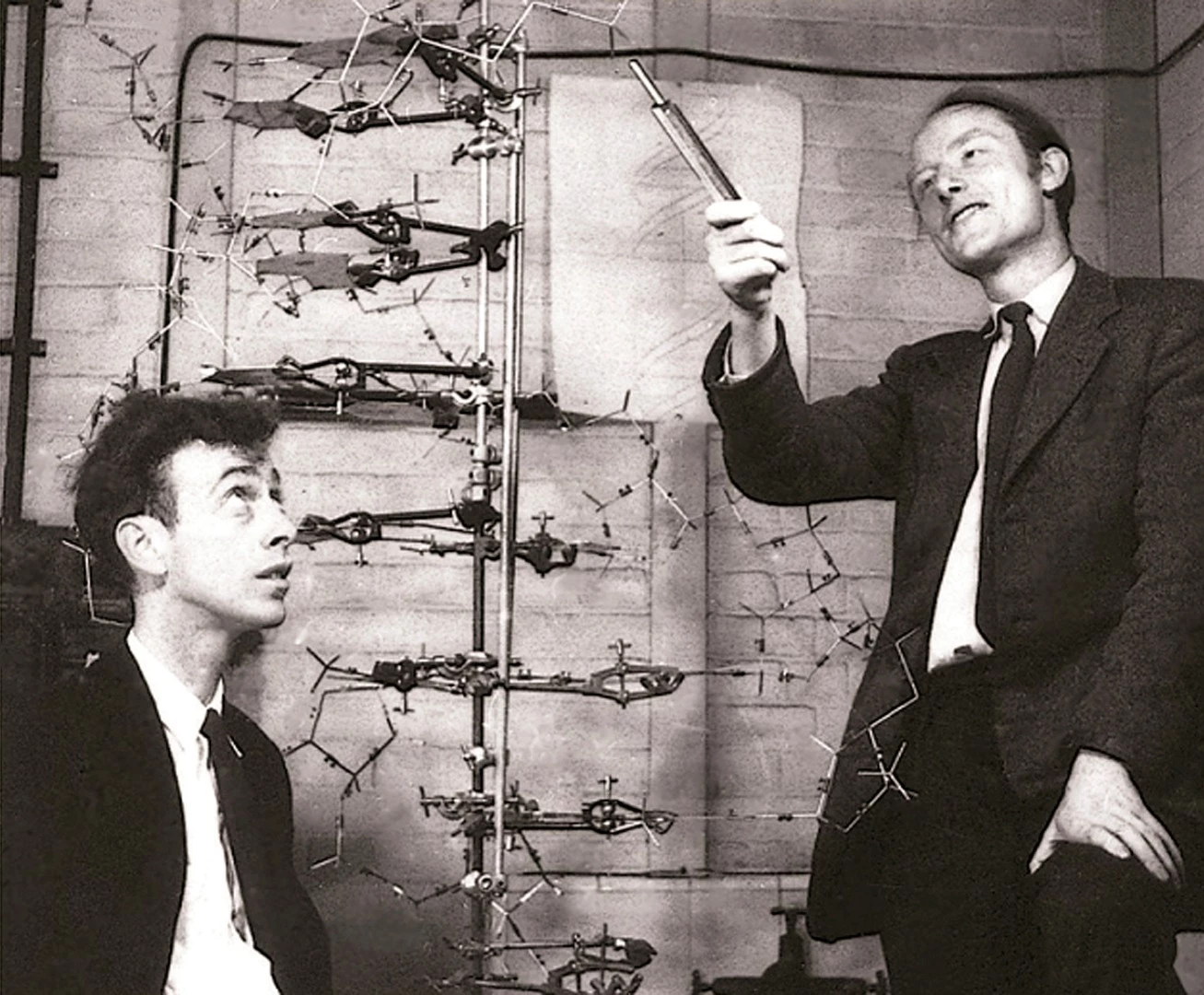In April 2013, a Nobel Prize medal won by Francis Crick for the discovery of the structure of DNA sold for $2,270,500 – fifty times more than any prior Nobel Prize medal. The high price immediately catalyzed a new marketplace with prices exceeding $500,000 now the norm. Now one of the most famous Nobel Prizes is going to auction and the sky is the limit.
When the final 2016 Nobel Prize for Economic Sciences is announced tomorrow (13 October, 2016), there will have been 579 Nobel Prizes awarded since Alfred Nobel's legacy was so successfully transformed into a power for good.
Nobel was the inventor son of an inventor (his father invented modern plywood) and Alfred did his dad proud by being awarded more than 300 patents in his lifetime. His most successful invention though, was dynamite, and the profound effect of the new explosive on the world left him with a wish to redress his karmic balance with humanity. He did this with his last will and testament in 1896, leaving the majority of his fortune to the creation of the awards, albeit without the benefits of legal counsel. Nobel believed lawyers made their living "by inducing people to believe that a straight line is crooked."

Not surprisingly, his family contested the will, the committee set up to implement his wishes was initially in conflict and the first Nobel Prizes were not awarded until 1901, becoming the de facto annual world prizes for the finest of mankind's inventions, actions and ideas. Nobel's cunning plan to rewrite his legacy was to reward those who traditionally had gone unrewarded financially for their inventions with a substantial sum of money and a medal. It worked.
Nobel died before Thomas Edison gave us moving pictures, Marconi invented radio and Philo T. Farnsworth invented television, and the subsequent rise of mankind's modern gods anointed in the commercialization of entertainment, sport and audiences of any ilk via mass market communications.
In our current series tracking the most valuable scientific books and manuscripts ever sold at auction, it's easy to see that scientific breakthroughs have only recently become a commercial runaway on the auction block. Of the top 50 most valuable manuscripts, only one was sold more than three decades ago – an autograph copy of Einstein's theory of relativity sold at a one-off 1944 auction by the Kansas City Womens Club. The reason Einstein rewrote the paper he'd thrown in the wastepaper basket 40 years earlier was to raise money for the American war effort.
Nobel could not possibly have foreseen the commercialization of his medals beyond the initial monetary prize. He lived in an era before mass media gave us globally recognized sporting contests, where amateur sportspeople were the heroes and professional was a dirty word in sport. He died in the same year as the first modern Olympic games and it would be another century before professionals were allowed to compete in what was seen as a noble sporting environment with all the right checks and balances.
The laurel wreath
The Olympic Games of 1896 reintroduced another concept borrowed by the Nobel Prize administration – the recipients are referred to as laureates. The word "laureate" comes from the laurel wreath that the mythological (apologies for the redundancy) god Apollo wore as his crown. In Ancient Greece, laurel wreaths were awarded to victors of sporting and poetic contests.
The medals were meant to become the family heirlooms of the laureates, passed from generation to generation. Much has been written about the unravelling of the traditional family structure over the last century, and the sales history of Nobel Prize medals by the families illustrates that trend, with it only recently becoming either profitable or acceptable to sell a Nobel Prize.
The sales history of the Nobel Prize 1901 – 2013
From the first prizes awarded in 1901, it took 40 years before a Nobel Prize went to auction. Niels Bohr's 1922 Nobel Prize in Physics and August Krogh's 1920 Nobel Prize in Physiology or Medicine were donated to an auction held on March 12, 1940 for the benefit of Finlandshjälpen (Fund for Finnish Relief ) and the medals were purchased by an anonymous buyer and donated to the Danish Historical Museum in Fredriksborg, where they are still kept. History has not recorded the price paid but we suspect it was quite modest.
In 1985, the medal won by William Randal Cremer for his 1903 Nobel Peace Prize sold at auction for $16,750, giving those who wished to commercialize the family legacy an initial benchmark for the monetary value of a Nobel Prize. In 2008, a quarter century later, this ballpark figure was again validated when Aristide Briand's 1926 Nobel Peace Prize sold for €12,200.
Over the last ten years (a time when the rise of the internet delivered the ability to "virtually" attend and bid at important auctions anywhere), the marketplace had not been tested beyond those two early data points. The first sale of a significant Nobel Prize medal awarded for society-level breakthroughs in this era was the Nobel Prize medal awarded to Francis Crick, which went to auction in 2013.
"We have discovered the secret of life"

Francis Crick (above right) was a British physicist turned biologist, who along with James Watson (above left), and building upon the work of Maurice Wilkins, Rosalind Franklin and others, the pair finally decoded the structure of deoxyribonucleic acid (DNA) on Saturday, 28 February, 1953. Later that afternoon, Crick would announce to the patrons of the Eagle Pub in Cambridge (UK), "we have discovered the secret of life."
This was a landmark breakthrough in scientific understanding which comes along just a handful of times in history, putting Crick and Watson in the same league as Copernicus, Newton and Einstein.
Watson, Crick, and Maurice Wilkins shared the 1962 Nobel Prize in Physiology or Medicine "for their discoveries concerning the molecular structure of nucleic acids and its significance for information transfer in living material."
Crick died in 2004, and his family decided to sell the Nobel Prize medal a decade later and it rightfully smashed all records at auction for a Nobel Prize, selling at Heritage Auctions in April, 2013 for $2,270,500.
When co-recipient James Watson saw the price fetched, he decided to sell his Nobel Prize medal as he'd fallen on hard times. Despite a long and distinguished career, his fortunes had fallen when he linked race to intelligence during an interview in 2007, the media picked up a stray remark and in an epidemic of political correctness, Watson lost his board seats and was outcast by the establishment. In the current climate of political incorrectness (the shameful Brexit campaigning, Donald Trump and Rodrigo Duterte), 2007 seems a long time ago.
It also wasn't such a long time ago that the British Government chemically castrated Alan Turing because the brilliant mathematician and father of computer science was homosexual. Times change – let's hope Watson's place in the pantheon of great scientists is recognized while he is still alive. Posthumous acknowledgment always seems sad to me.
At the $17,000 benchmark of 1985, Watson may have hung onto the gong, but at two million bucks, he decided to skip the sentimentality and get himself a better life. "I knew I would soon auction off my 1962 Gold Nobel Medal the moment I learned that Francis Crick's Gold Medal ... had been sold for more than two million dollars," he told Christies.
This resulted in the first Nobel Prize going to auction while the laureate was still alive.
In a fairy tale ending, Christie's sold James Watson's medal for $4,757,000 in December, 2014, more than doubling Crick's record price, then the Russian billionaire who purchased the medal gave it back to him.
Beyond Watson's record price, a flurry of activity in Nobel Prizes going to auction was catalyzed by the high sale price of Crick's medal and prices increased an order of magnitude overnight. Here's a quick synopsis of the prices fetched by Nobel Prize medallions since 2013.

The sales history of the Nobel Prize since April 2013
NO SALE in June, 2013 (bidding reached $425,000 but failed to meet $500,000 reserve) - 1950 Nobel Prize for Literature (William Faulkner)
$1,116,250 in March 2014 - 1936 Nobel Peace Prize Medal (Carlos Saavedra Lamas)
$329,000 in July, 2014 - 1935 Nobel Prize for Physics (James Chadwick)
$4,757,000 in December, 2014 - 1962 Nobel Prize in Physiology or Medicine (Watson)
$390,848 in February, 2015 - 1971 Nobel Prize in Economic Sciences (Simon Kuznets)
$765,002 in May, 2015 - 1988 Nobel Prize in Physics (Leon Lederman)
$659,792 (GBP422,500) in July 2015 - 1909 Nobel Peace Prize Medal (Auguste Beernaert)
$275,000 in July, 2015 - 1953 Nobel Prize in Physiology or Medicine (Krebs)
$545,000 in September, 2015 - 1934 Nobel Prize in Physiology or Medicine (George Minot)
$795,614 in October, 2015 - 1963 Nobel Prize in Physiology or Medicine (Alan Hodgkin)
$461,215 in November, 2015 - 1966 Nobel Prize in Physiology or Medicine (Francis Peyton Rous)
$665,000 in February, 2016 - 1993 Nobel Prize in Chemistry (Dr. Kary Mullis)
Due to the Crick sale, the Laureate's family heirloom went from being warm and fuzzy to a major addition to the family's financial assets.
Now while no Nobel Prize can ever be deemed insignificant, there are many factors which determine a price at auction, and the importance of the discovery which attracted the award is a key variable, as is the public awareness of the discovery.

John F Nash and his "Beautiful Mind"
John Forbes Nash Junior was an American mathematician who made fundamental contributions to game theory, differential geometry, and the study of partial differential equations. Nash shared the 1994 Nobel Prize in Economic Sciences with game theorists Reinhard Selten and John Harsanyi.
Nash wrote the paper which won him the Nobel Prize when he was just 20 years-of-age, but he suffered from paranoid schizophrenia and spent several years in mental institutions during his thirties before his condition improved and allowed him to return to academia. His struggles with mental illness and his recovery became the basis for Sylvia Nasar's biography, A Beautiful Mind, as well as a film of the same name starring Russell Crowe, which won four Academy Awards and made Nash's story internationally known.
Next Monday, 17 October 2016, John F. Nash Jr.'s Nobel Prize medal for Economics will be sold by Sotheby's in New York with a price estimated by Sotheby's between $2.5 million and $4 million.
It may not represent the most significant discovery to attract a Nobel prize, but it's a story of overcoming adversity that will resonate with many people, and it is certain to become one of the three most valuable Nobel Prize medals ever sold.
The auction will be streamed live.






